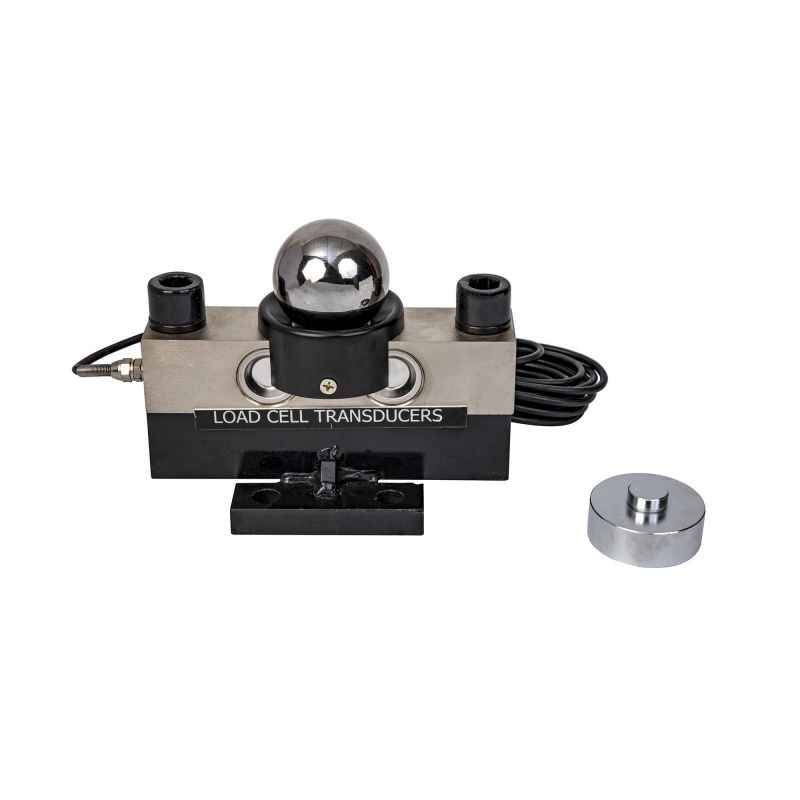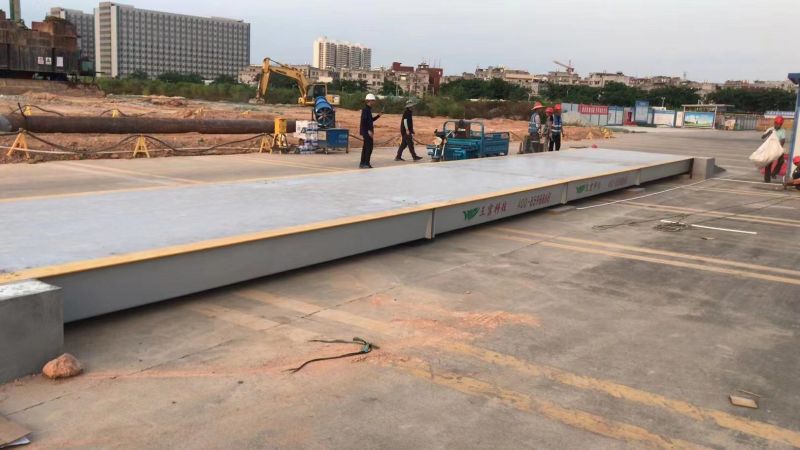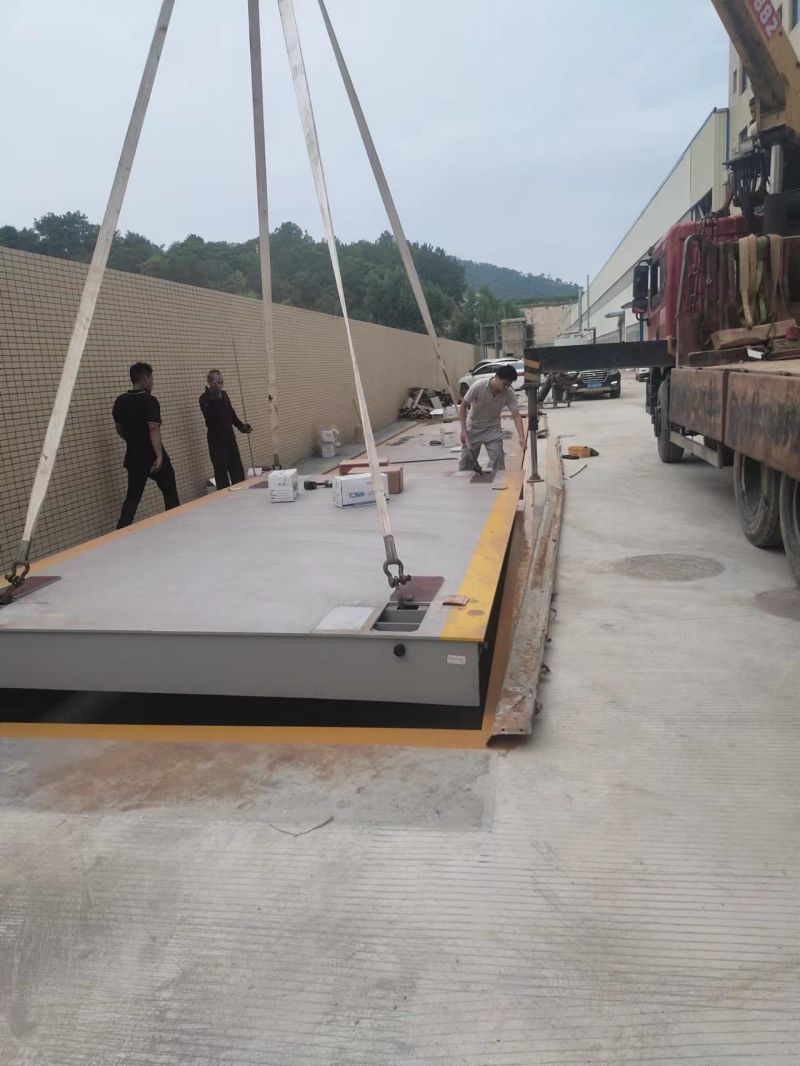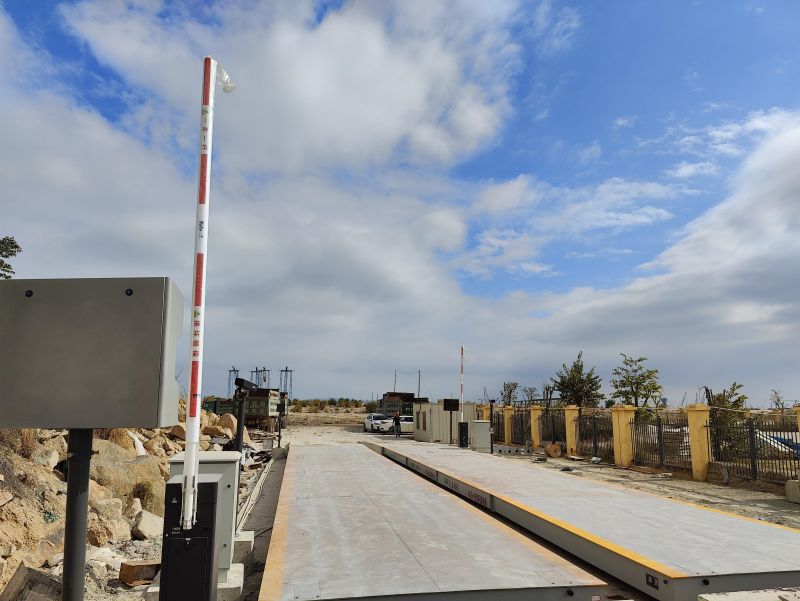

The electronic truck scale is more and more widely used in the national economy because of its convenient, fast, accurate and intuitive characteristics. How to maintain all kinds of electronic truck scales, and find out the cause of the failure quickly and accurately when the system fails and affects the use, so as to shorten the maintenance time and reduce the downtime. This is the major concern of truck scale users.
The electronic truck scale system is generally composed of weighing display instrument, weighing sensor, mechanical structure and other parts. The common faults are mainly divided into weighing display instrument fault and weighing sensor fault.
Due to the simple structure of the electronic truck scale, when the fault occurs and the cause cannot be judged, the elimination method can be used to find the cause.
Failure cause test for weighing sensors

1.Measure input impedance, output impedance, judge the quality of the sensor. Remove the sensor to be judged from the system separately, and measure the input impedance and output resistance respectively. If both input impedance and output impedance are disconnected, check whether the weighing sensor signal cable is disconnected. If the signal cable is intact, the sensor strain gauge is burned. When the measured input impedance and output impedance resistance values are unstable, the insulation layer of the signal cable may be broken, the insulation performance of the signal cable may be degraded, or the bridge and elastomer of the sensor may be poorly insulated due to moisture.
2.The zero output signal value of the load cell is generally smaller than ±2% of the full scale output signal. If it is far beyond the standard range, it may be that the load cell has been overloaded and caused plastic deformation of the elastomer, so that the weighing sensor can not be used. If there is no zero output signal or the zero output signal is very small, the load cell may be damaged or there is a support to support the scale body, resulting in invisible change of the weighing sensor elastomer.
3.First take record of weighing sensor no-load output signal value, and then add a proper load on th truck scale platform, measure the change of its output signal value, such as its change and load value into the corresponding proportion, explain the sensor without cause obstacle. When the appropriate load is applied, the output signal value has no obvious change or little change compared with the zero output signal value, which may be caused by poor adhesion between the sensor strain gauge and the elastic body, or the failure caused by moisture on the elastic body. When adding a proper load, the output signal is much larger than the output signal value or its output signal sometimes normal sometimes greatly varying may be the weighing sensor signal cable damp or due to the sensor force overload caused by elastomer plastic deformation has been unable to use, at the same time the sensor bridge short path can also cause such phenomenon.

Post time: Oct-19-2022






